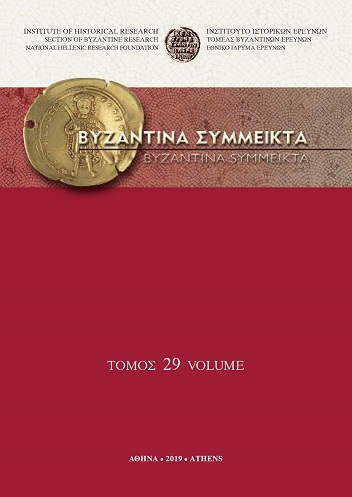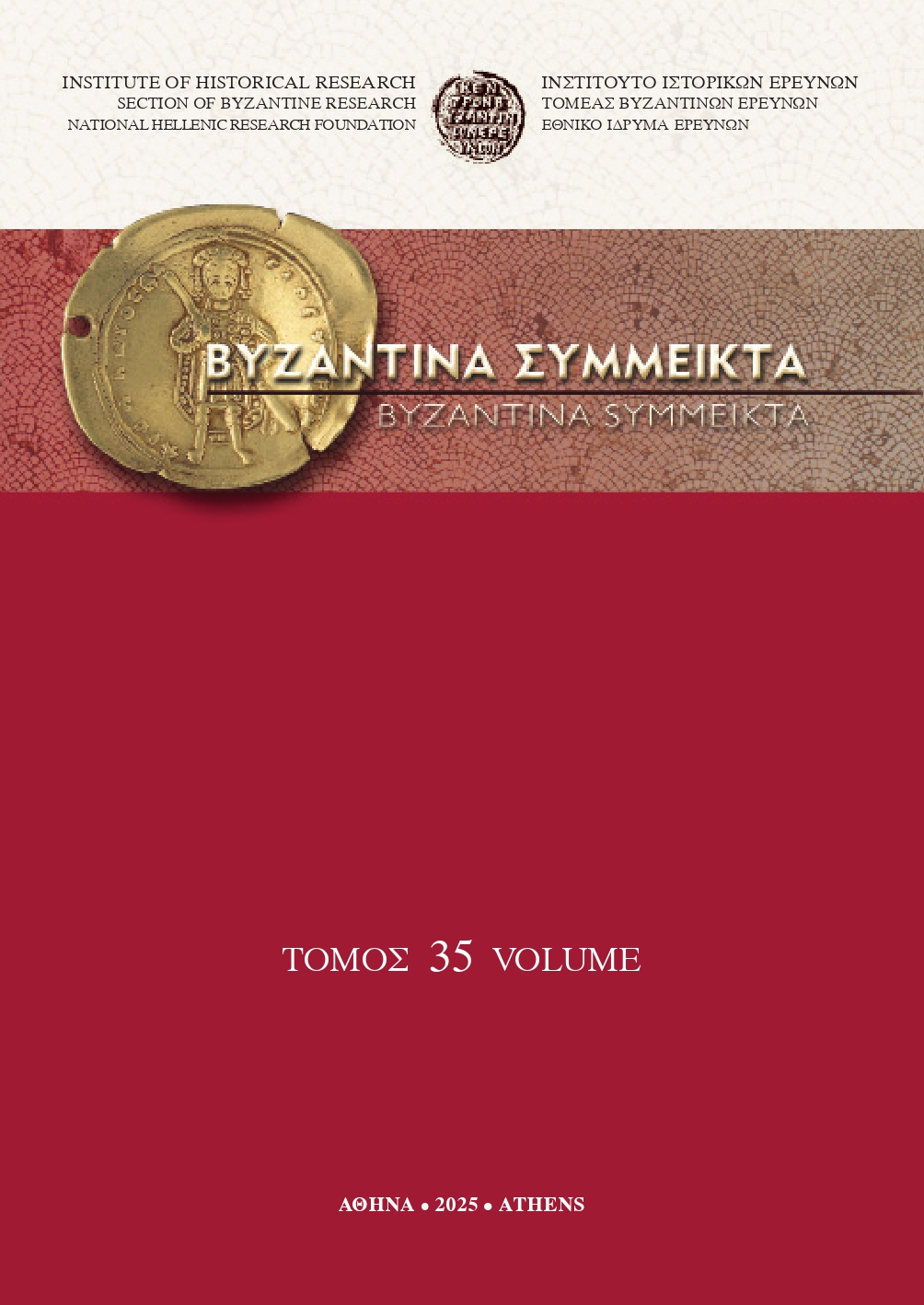Byzantine families in Venetian context: The Gavalas and Ialinas family in Venetian Crete (XIIIth-XIVth centuries)

Abstract
Βυζαντινές οικογένειες σε βενετικό περιβάλλον: Οι οικογένειες Γαβαλά και Γιαλινά στη βενετική Κρήτη (13ος-14ος αι.)
Οι στρατηγικές των μεγάλων βυζαντινών/ελληνικών οικογενειών στη βενετική Κρήτη κατά τον 13ο και 14ο αι. είχαν ως πρωταρχικό στόχο τη διατήρηση ή και την ισχυροποίησή τους στο νέο πολιτικό, κοινωνικό και οικονομικό περιβάλλον. Αν εξαιρέσουμε τον πλέον δυναμικό τρόπο επίτευξης του στόχου αυτού, δηλαδή τις επαναστάσεις, τότε οι κύριες στρατηγικές ήταν από τη μια οι επιγαμίες τόσο μεταξύ των οικογενειών αυτών όσο και με τις νέες βενετικές οικογένειες, και από την άλλη η αστική οικονομική δραστηριότητα. Με τον τρόπο αυτό κατόρθωσαν να διατηρήσουν ή και να ενισχύσουν την έγγειο ιδιοκτησία τους, καθώς και να αυξήσουν τον πλούτο τους. Οι ελληνικές οικογένειες επέδειξαν την απαραίτητη προσαρμοστικότητα, αν και όχι όλες στον ίδιο βαθμό. Έτσι, δεν μπορούμε να μιλάμε για ενιαία στρατηγική των μεγάλων ελληνικών οικογενειών, αλλά για στρατηγικές που υιοθετούνται από κάθε ελληνική οικογένεια ξεχωριστά, ή ακόμη και από έναν κλάδο της ίδιας οικογένειας.
Article Details
- How to Cite
-
ΓΑΣΠΑΡΗΣ Χ. (2019). Byzantine families in Venetian context: The Gavalas and Ialinas family in Venetian Crete (XIIIth-XIVth centuries). Byzantina Symmeikta, 29, 1–132. https://doi.org/10.12681/byzsym.16249
- Issue
- BYZANTINA SYMMEIKTA 29
- Section
- Appendix

This work is licensed under a Creative Commons Attribution-NonCommercial-ShareAlike 4.0 International License.
Copyright: The copyright for articles in this journal is retained by the author(s), with first publication rights granted to the journal. By virtue of their appearance in this open access journal, articles are free to use (with the exception of the non-granted right to make derivative works) with proper attribution for non-commercial uses (licence Creative Commons 4.0). NHRF retains the worldwide right to reproduce, display, distribute, and use articles published in BYZANTINA SYMMEIKTA in all formats and media, either separately or as part of collective works for the full term of copyright. This includes but is not limited to the right to publish articles in an issue of the Journal, copy and distribute individual reprints of the articles, authorize reproduction of articles in their entirety in another NHRF publication, and authorize reproduction and distribution of articles or abstracts thereof by means of computerized retrieval systems.








